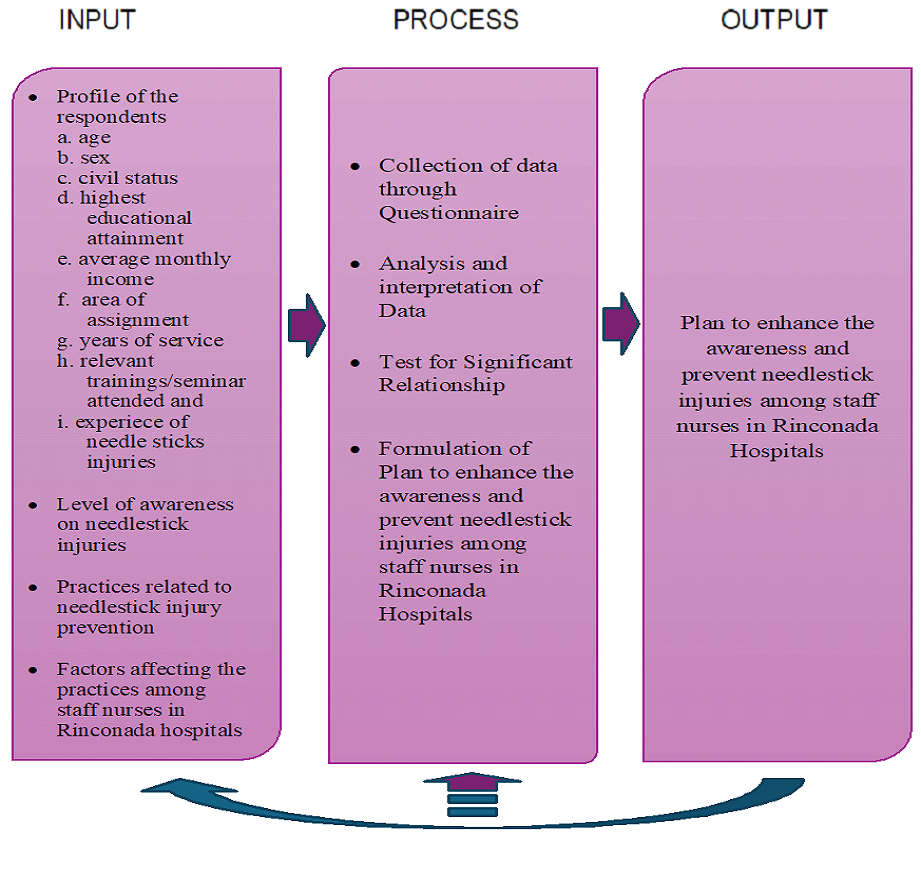Awareness and Practices on Needlestick Injuries Among Staff Nurses in Rinconada Hospitals
Authors
Abstract
This study aimed to determine the practices on needlestick injuries among staff nurses in selected hospitals in the Rinconada area. Specifically, it examined the nurses’ profiles, their level of awareness and practices on needlestick injuries, factors affecting their practice and the relationship among these variables. and the relationships among these variables. A total of 136 staff nurses participated in the study through a structured questionnaire. Descriptive statistics, chi-square tests, and t-tests were utilized to analyze the data.
Findings revealed that most respondents were aged 21–30 years old, majority are female, single, and held a bachelor’s degree. A large percentage earned below Php 20,000 pesos monthly and were assigned in ward areas. Many had served for less than a year, with the majority having attended infection control training, though few had undergone specific training on needlestick injuries. Alarmingly, 50.74% reported having experienced a needlestick injury. The level of awareness among nurses was generally high, with the highest awareness reported in the proper disposal of sharps. Practices related to needlestick injury prevention were observed "often," with the highest adherence shown in recognizing the consequences of improper disposal. The factors affecting practices included staff shortages, excessive workload, and limited availability of PPE.
Statistical analysis revealed a significant relationship between years of service and relevant training with the level of awareness. Moreover, a significant relationship existed between awareness and actual practices. Based on these findings, a proposed plan was developed to enhance safety practices, focusing on training, resource allocation, and institutional support. The study concludes that while awareness is high, consistent application of safety practices remains an area for improvement. It is recommended that hospitals implement regular training, ensure access to protective equipment, and strengthen institutional protocols to reduce the incidence of needlestick injuries among staff nurses.




